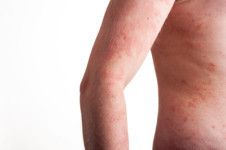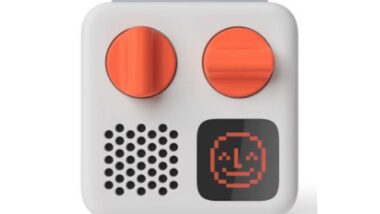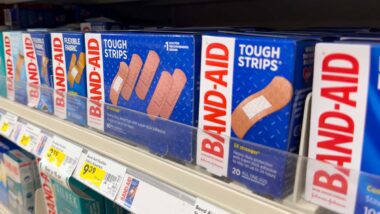Top Class Actions’s website and social media posts use affiliate links. If you make a purchase using such links, we may receive a commission, but it will not result in any additional charges to you. Please review our Affiliate Link Disclosure for more information.

It’s also used by persons with bipolar disorder to delay mood episodes.
Lamictal Rash
The drug’s warning label alerts users to the possibility of a severe skin rash as an allergic reaction to Lamictal.
Typically, cases of Lamictal rash manifest within two to eight weeks after the patient begins to take the drug, but in a few cases the rash began following prolonged treatment of several months.
Lamictal rash is much more likely to develop in younger patients than in adults. Other than age, no other factors predict the likelihood of Lamictal rash.
This allergic reaction to Lamictal can be severe enough to require hospitalization and discontinuation of the drug.
The warning label says that even though some cases turn out to be relatively benign, it’s not possible to tell at first which cases could be serious or life-threatening.
In some cases, this Lamictal rash turned out to be an early sign of Stevens Johnson syndrome or toxic epidermal necrolysis, two related skin conditions that can leave permanent damage and threaten the patient’s life.
Symptoms of Lamictal Stevens Johnson Syndrome
In Lamictal Stevens Johnson syndrome, the condition may progress well beyond a mere rash.
Some of the trademark symptoms of SJS are blisters that form within the rash-affected areas of skin.
Over the course of a few days, these blisters tend to grow and join each other, forming areas of skin that come loose and peel away from the body.
In toxic epidermal necrolysis, these areas of peeled-away skin cover even more of the body. In fact, how much skin has peeled away is what makes the difference between TEN and SJS: in the former, at least 30 percent of the body surface area has peeled away; in the latter, it’s less than 10 percent.
Doctors now consider the two conditions to be greater and lesser variants of each other.
Losing a significant amount of skin can be life-threatening. The loss of skin exposes the patient to the risk of infection – not just skin infections like cellulitis, but also systemic infections like sepsis that can lead to shock and organ failure.
Infections like these are the leading cause of death in people with TEN.
SJS and TEN can affect more than just the outer surface of the skin. They can also cause similar lesions in the mucous membranes that line the inside of the digestive and respiratory systems, as well as the parts of the eyes behind the eyelid.
Lamictal Stevens Johnson syndrome is known to lead to conjunctivitis, an inflammation of the eye tissue, as well as corneal scarring that in some cases can leave the patient blind.
While there are many possible causes of SJS and TEN, more often than not the cause can be traced to a medication such as Lamictal.
Despite the label’s warning about the dangers of Lamictal rash, it’s still possible for a case of SJS or TEN to take Lamictal patients by surprise.
Do YOU have a legal claim? Fill out the form on this page now for a free, immediate, and confidential case evaluation. The Stevens Johnson Syndrome attorneys who work with Top Class Actions will contact you if you qualify to let you know if an individual lawsuit or class action lawsuit is best for you. [In general, SJS lawsuits are filed individually by each plaintiff and are not class actions.] Hurry — statutes of limitations may apply.
ATTORNEY ADVERTISING
Top Class Actions is a Proud Member of the American Bar Association
LEGAL INFORMATION IS NOT LEGAL ADVICE
Top Class Actions Legal Statement
©2008 – 2024 Top Class Actions® LLC
Various Trademarks held by their respective owners
This website is not intended for viewing or usage by European Union citizens.
Get Help – It’s Free
Help for Victims of Stevens Johnson Syndrome
If you or a loved one were diagnosed with Stevens Johnson Syndrome (SJS) or toxic epidermal necrolysis (TEN) after taking a prescribed or over-the-counter medication, you may be eligible to take legal action against the drug’s manufacturer. Filing an SJS lawsuit or class action lawsuit may help you obtain compensation for medical bills, pain and suffering, and other damages. Obtain a free and confidential review of your case by filling out the form below.
An attorney will contact you if you qualify to discuss the details of your potential case at no charge to you.
Please Note: If you want to participate in this investigation, it is imperative that you reply to the law firm if they call or email you. Failing to do so may result in you not getting signed up as a client, if you qualify, or getting you dropped as a client.
Oops! We could not locate your form.












